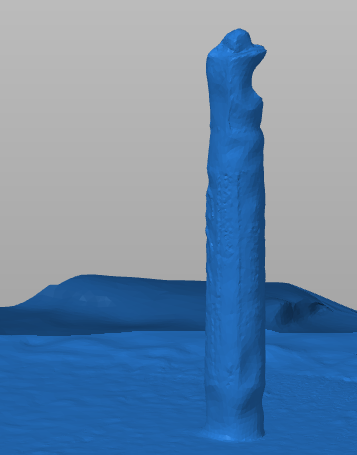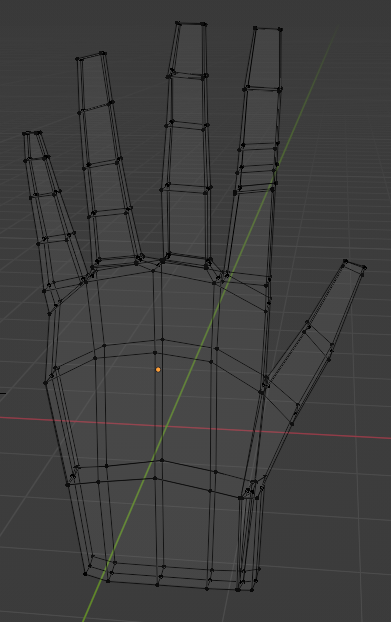
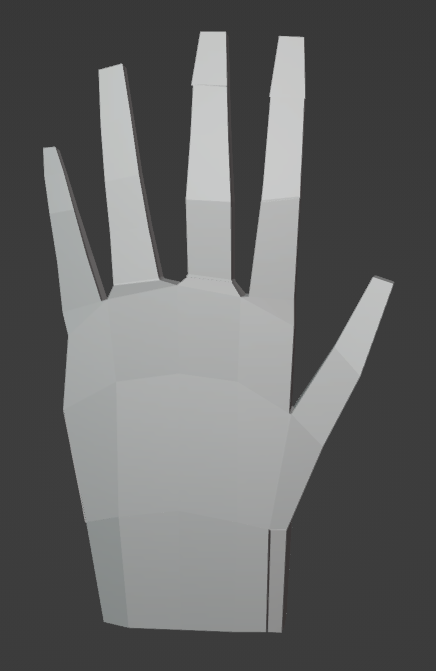
this week we did 3d printing and scanning and honestly, i was too busy to do a dedicated
job this week but here's what we did!
i just bought a wacom tablet for drawing so i wanted to experminent a little bit with the
tablet and blender.
i started by drawing a 3d rendering of a hand in blender. it looks a little bit creepy,
but it is modeled after my own long fingers after all.


i wanted to play around with some of the features in blender so i was working on curving and moving the geometry to bend the hand in some interesting ways. i wanted to turn it into a vase so i designed a cylinder and a square to sit inside of the model to create space for a flower to come out, looking like that hand just picked it. here's a cute visual of what i wanted it to look like.
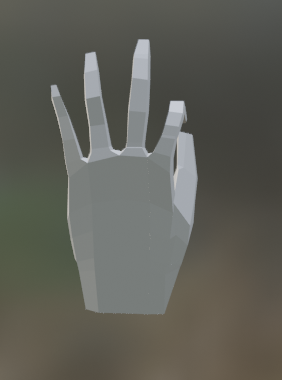
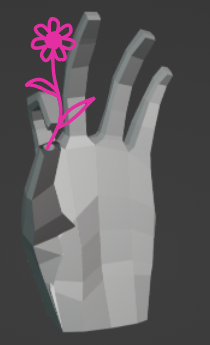
the design process in blender and with the wacom went well and was super satisfying but when i went to slice it on the prusa slicer, it looked fine but sliced with big gaps.
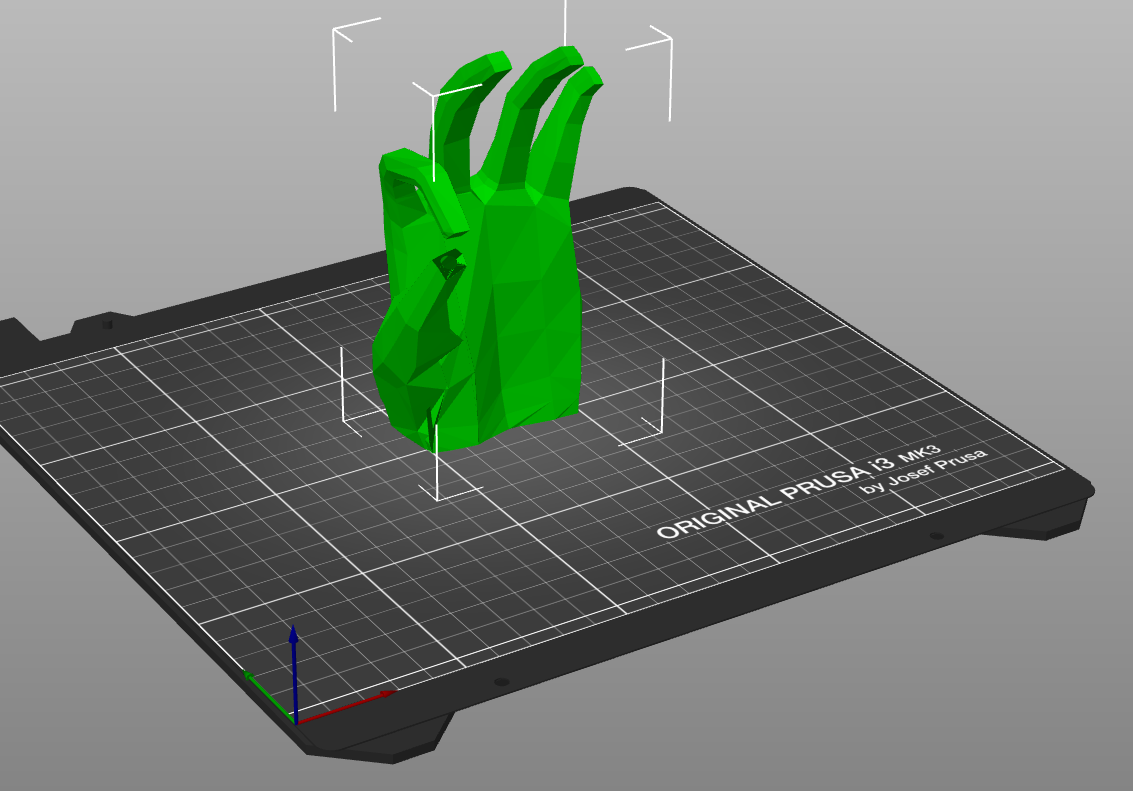
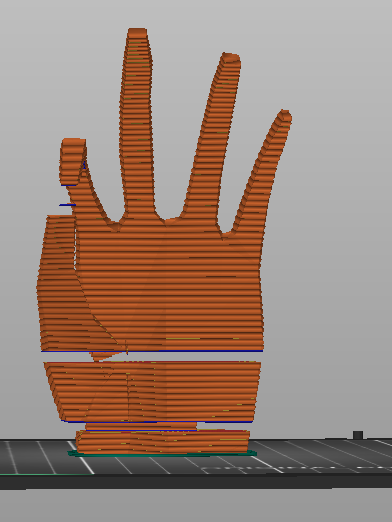
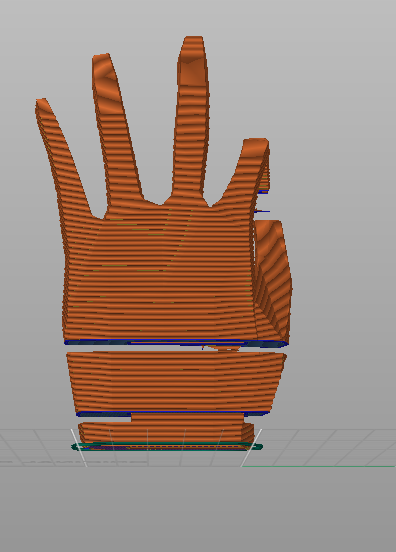
i think this is just my immaturity with blender because i made some mistakes with
the geometry and probably lost some planes. anyway, i ended up cutting off the bottom
so that i could print it anyway because i wanted to see how it looked.
i figured it could be an interesting and happy coincidence with a little support to look
floating, also.
i realized that of course it looks like this, because look at my reference!
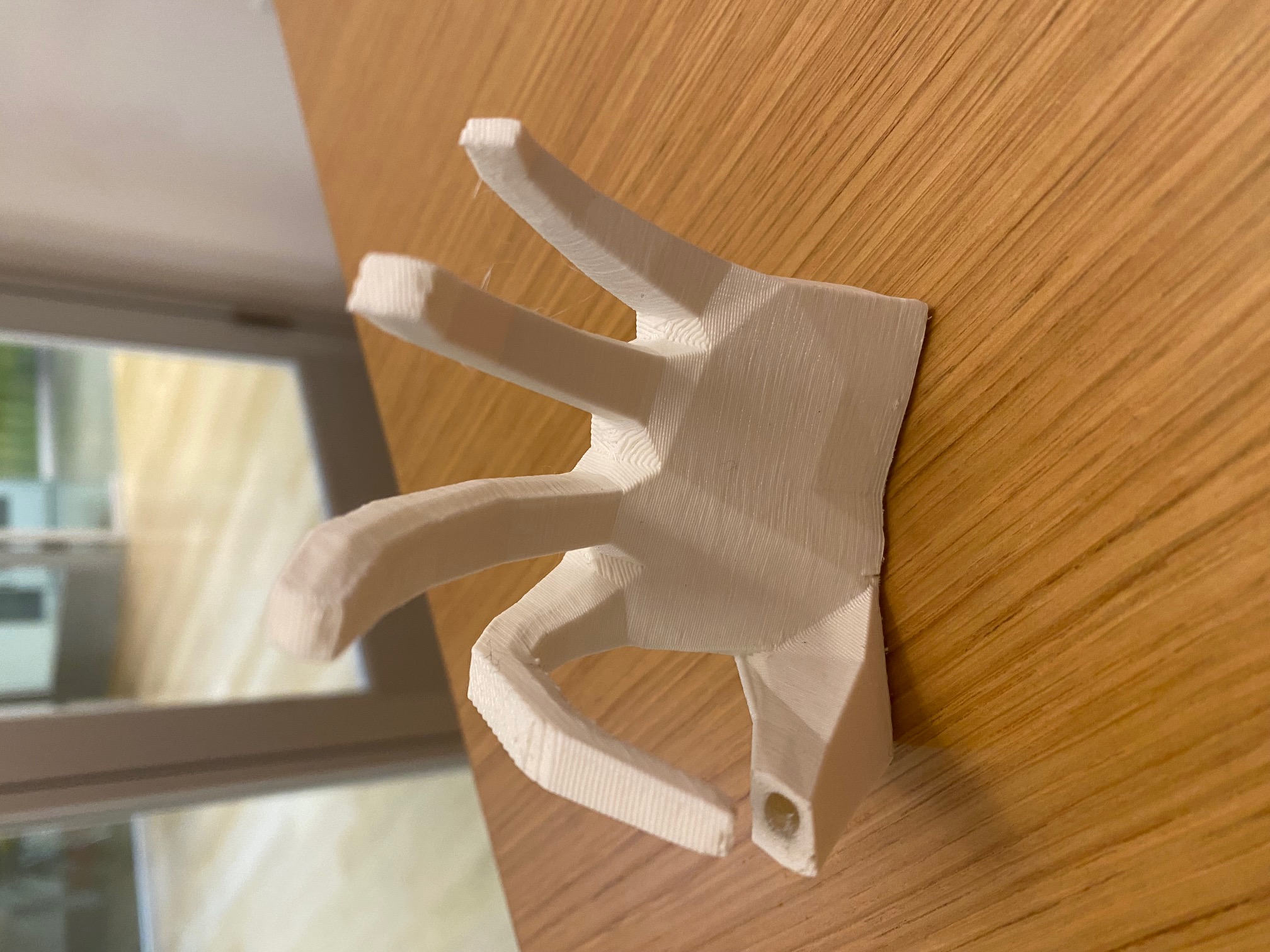

the hand cannot be subtractive made because of the reservoir within.
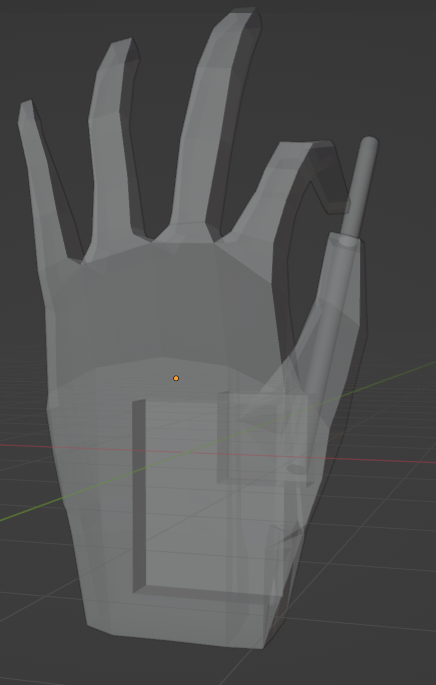
the prints came out quite nicely and support structures weren't horrible to remove. i got lucky on my way to class this morning and found the perfect flowers for the display!
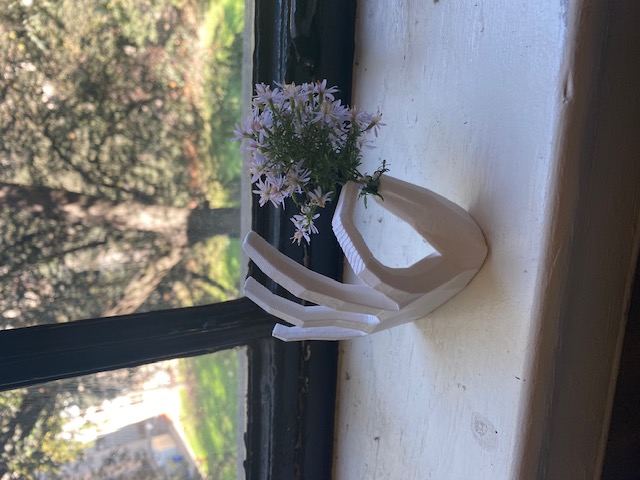
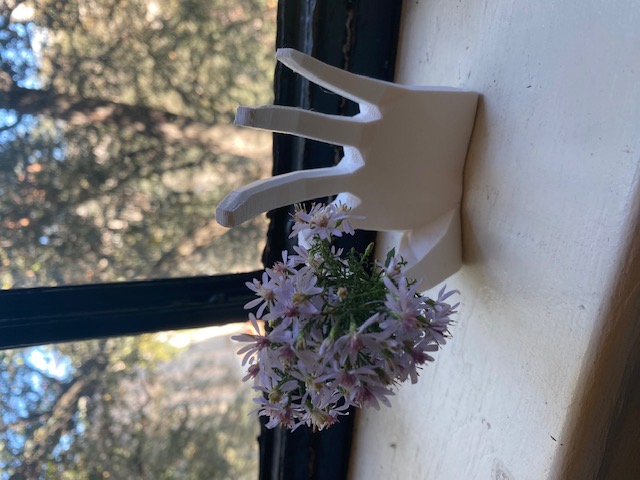
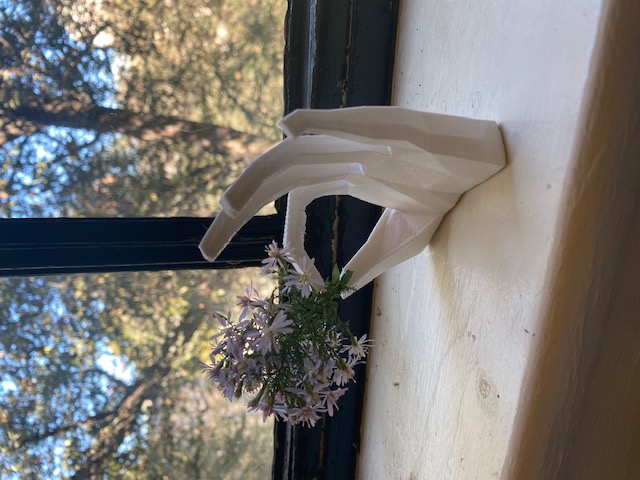
the other assignment this week was to do a 3d scanning experiment. both mit and havard
have the artec leo,
a shockingly expensive ($35k!) handheld bluetooth scanner capable of scanning
almost anything in about thirty seconds.
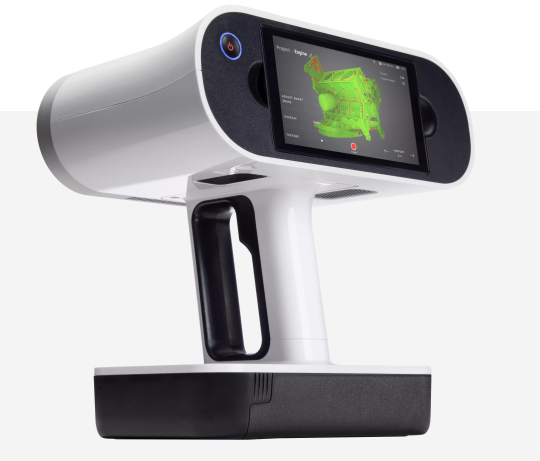
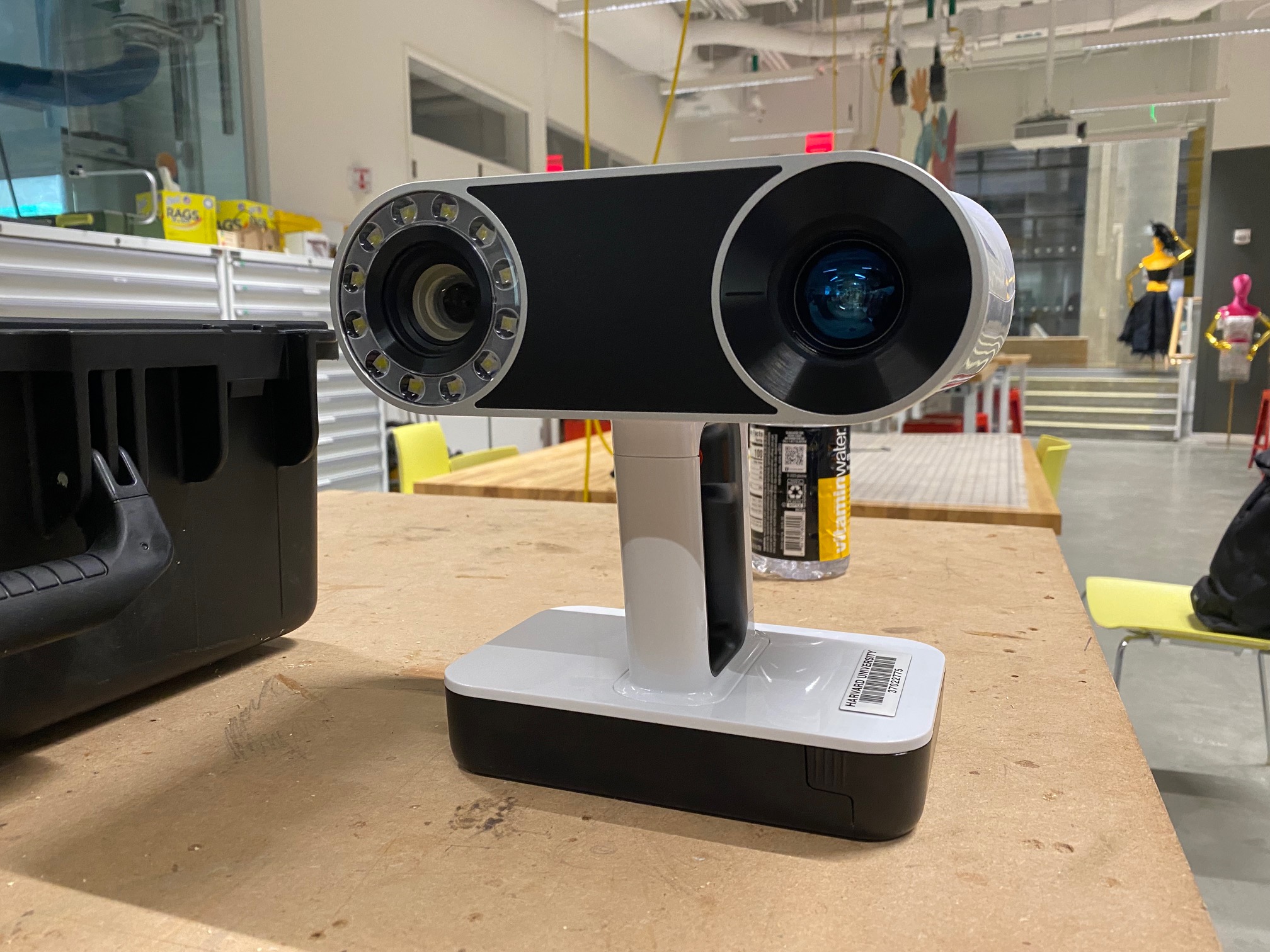
anyway, i scanned a laser cut chair to see if the visual scan could be inceptioned into
a second chair. i didn't do it this week, and probably realistically will never do it,
but it seems more than possible!
its much heavier than i expected and while the interface is extremely useable,
what i found pretty annoying is how it requires proprietary software to use, and
the files generated are absolutely huge. this scan of a very simple laser cut chair
about 5 inches wide was over 1.6GB.
the software itself you have to pay a subscription for even after buying the
hardware. i tried to do it on my own computer and artec won't let me try a free trial even.
harvard's work around is to buy an entirely new dedicated computer which i find a bit
ridiculous.
so i also tried a scan using Polycam on my phone. it worked ok for this pen.. but not great!

